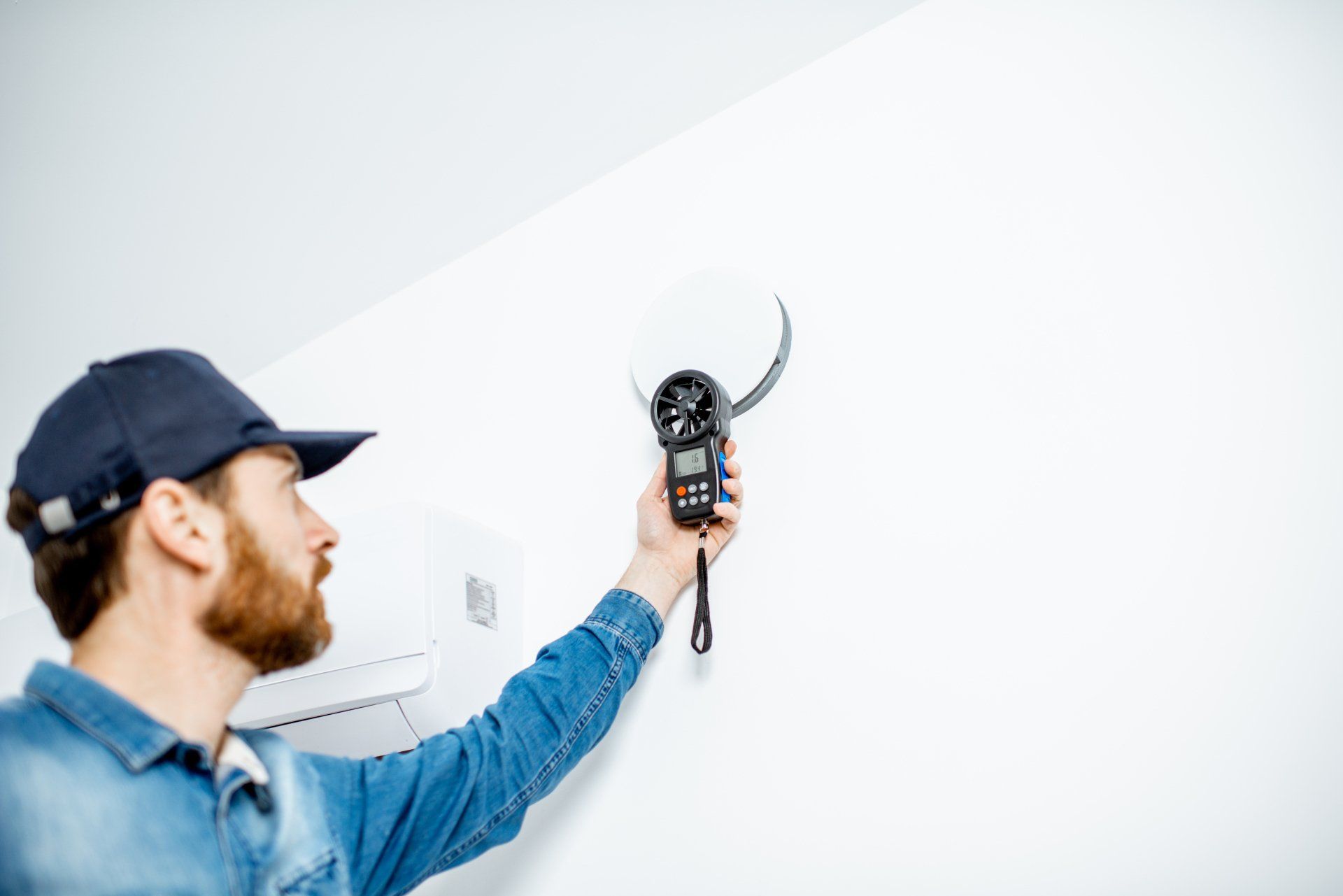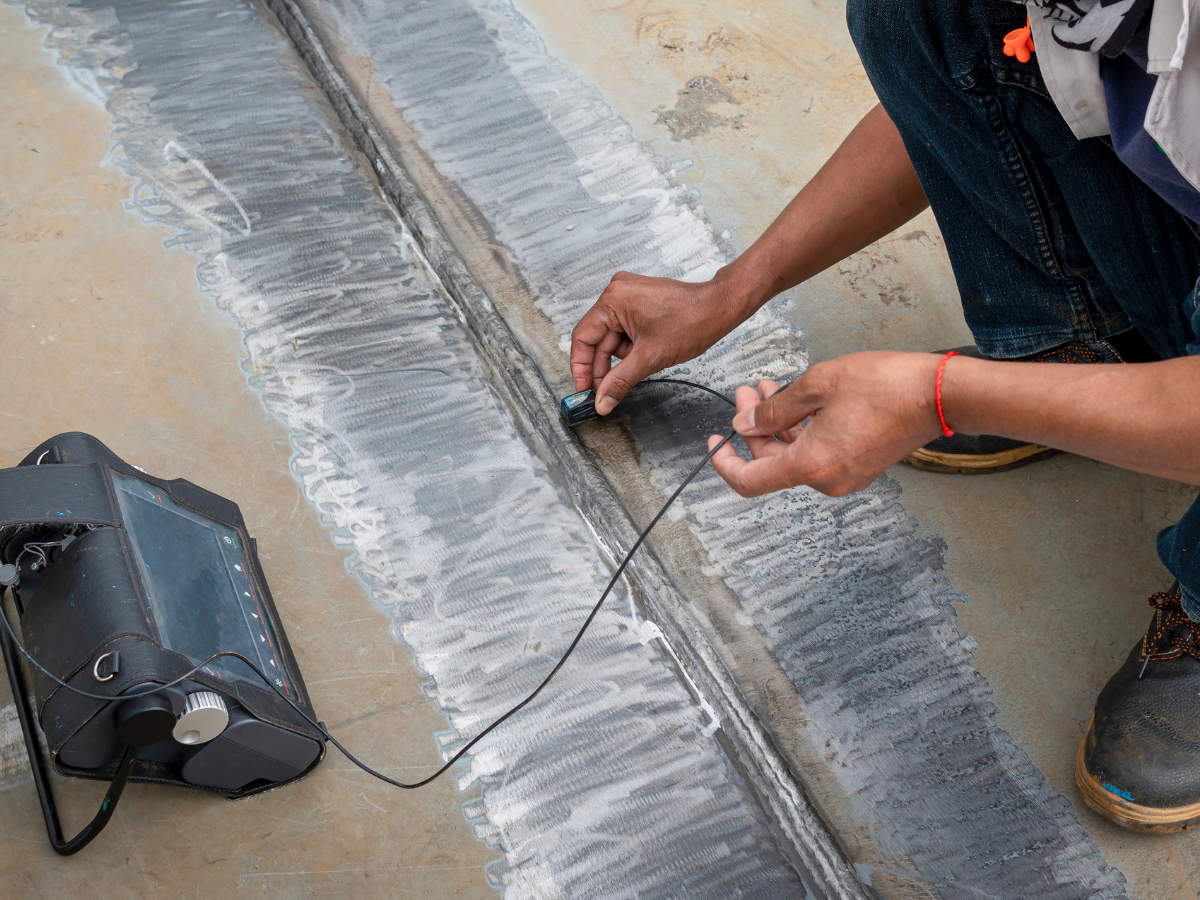The Future of Non-Destructive Testing and Emerging Technologies in the Field
April 5, 2023
Technology is changing the future of non-destructive testing!
Non-destructive testing (NDT) is an essential process used in various industries, including manufacturing, aerospace, construction, and energy, to ensure the safety and reliability of critical components and structures. NDT involves the use of techniques and tools to evaluate the properties and integrity of materials and structures without causing any damage.
The need for NDT has been increasing in recent years, driven by the demand for more advanced and complex materials and structures, as well as the need to improve efficiency and reduce costs. To meet these demands, NDT technology is constantly evolving, with new and emerging technologies being developed to improve the accuracy, speed, and efficiency of NDT.
In this blog, we will discuss some emerging technologies expected to shape the future of nondestructive testing.
Robotics and Automation
The use of robotics and automation is becoming more prevalent in NDT. Robotic systems can be used to access hard-to-reach areas and perform inspections without putting human inspectors at risk. Automation can also improve the speed and accuracy of inspections, reduce costs, and improve safety by eliminating human error.
Augmented Reality
Augmented reality (AR) technology has the potential to revolutionize NDT by providing real-time data visualization, and improving the accuracy and efficiency of inspections. AR can overlay digital images and data onto the real-world environment, allowing inspectors to quickly identify defects and potential issues.
Artificial Intelligence
Artificial intelligence (AI) is already used in NDT to analyze large amounts of data and identify patterns that may indicate defects or potential issues. As AI technology advances, it will become more sophisticated and capable of identifying subtle defects and anomalies.
Advanced Sensors
Advances in sensor technology are making it possible to detect and measure even the smallest defects and anomalies in materials and structures. Sensors can be integrated into NDT systems to provide real-time data and enable early detection of potential issues.
Wireless Communication
Wireless communication technology can improve the efficiency and accuracy of NDT by allowing inspectors to communicate and share data in real-time. This can help to reduce inspection time and improve the accuracy of inspections by enabling inspectors to work together more effectively.
3D Printing
3D printing technology has the potential to revolutionize the production of complex parts and components, but it can also be used to create complex test fixtures for NDT. 3D printing can produce fixtures that are designed to fit the specific shape and size of a component, making it easier to perform accurate and efficient inspections.
In conclusion, the future of nondestructive testing looks bright, with emerging technologies such as robotics, augmented reality, artificial intelligence, advanced sensors, wireless communication, and 3D printing all playing a vital role in shaping the field. As these technologies continue to develop and improve, we can expect to see faster, more accurate, and more efficient NDT processes, leading to safer and more reliable structures and components in industries around the world.
Steel City NDT
is a leading nondestructive testing company serving Pittsburgh, Pennsylvania, and its surrounding area. We are always looking toward the future and the power of technology within the NDT industry. We are a team of professionals constantly growing our skills and knowledge to provide the best service to our customers. Check out more about us
here!
You might also like


NDT/NDE SERVICES
QUICK LINKS
CONTACT US
Steel City NDT, LLC
322 Mall Blvd. Suite 270 Monroeville, PA 15146
All Rights Reserved | Steel City NDT | Powered by Quantifi Media



